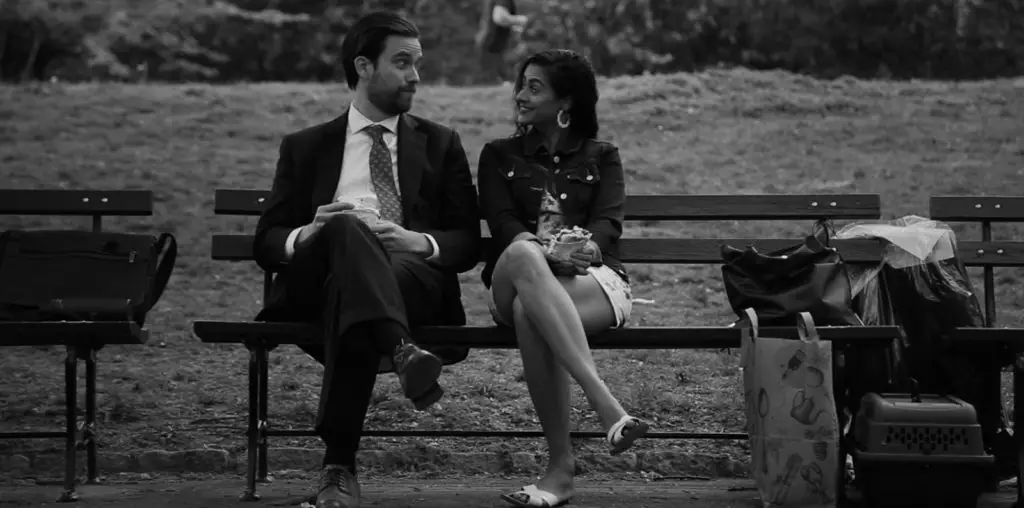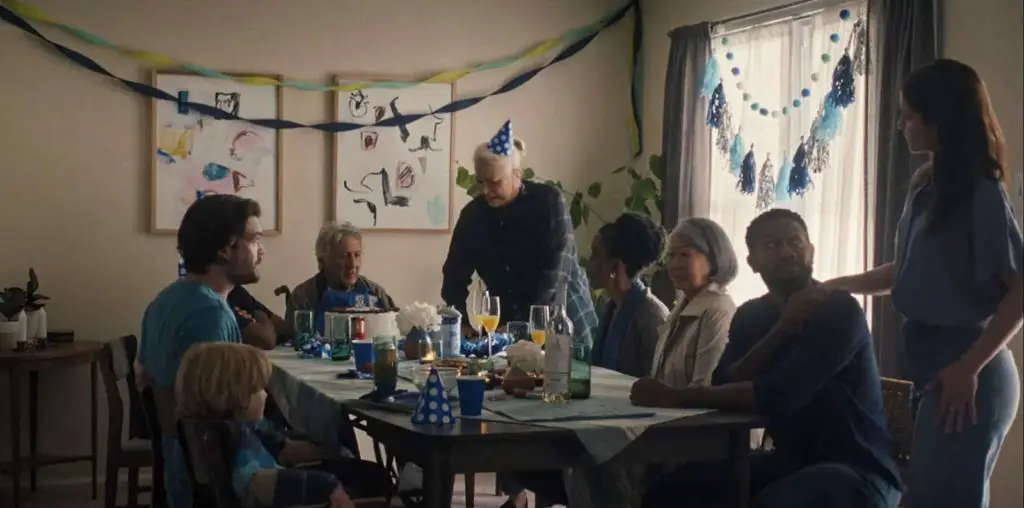
Very few people create in a social vacuum. Even solitary writers, hermit-like film critics and the like often surround themselves with like-minded friends and associates when socializing or out raising hell. While every such group has its dominating star, someone more famous than the lay person, it’s people such as Richard “Prophet” Jennings who bind these groups together like human mortar through their own unique talents and charisma.
Director Kenny Goldstein’s simple but effective documentary “Prophet Speaks” delivers as advertised. Throughout the 1960s and ’70s, Prophet’s residence resembled a popular party room in a college dorm, often serving as ground zero for a mind-numbing array of black artists. Whether it was jazz giants — John Coltrane, Thelonious Monk, Miles Davis, Dizzy Gilespi — hanging out or comedians — Redd Foxx, Richard Prior — virtually every important black entertainment figure made the pilgrimage to visit the Prophet at one time or another. He befriended most. Many even wound up living there for a while.
Goldstein’s film examines Prophet’s life, revealing him to be a talented dancer, writer, and especially painter in his own right. It also allows him, primarily through interviews as well as his own narrated home movies, to take us on an insider’s guided tour of who’s who in black entertainment over the past fifty years.
“Prophet Speaks” is a lot like the kind of tape someone might shoot of their crotchety grandpa in order to capture and preserve his precious memories and experiences before he’s gone. Granted, it’s a little slicker than that; the film’s editing and its treasure trove of archival intimate home movie footage adding a layer of sophistication not normally found in grandpa’s video. Then, too, grandpa’s not likely to have the entire African-American Artist’s Hall of Fame roster as his friends, either.
The film does start to wear on you after a while, as most of it is just Prophet talking. He’s a cantankerous cuss, all right; blunt, foul-mouthed and obviously not worried about political correctness in the least. Sometimes this helps him come across as an endearing, colorful character while other times his crassness is simply off-putting. Either way, Prophet is never dull.
No one ever pays attention to dull people, you see. And when “Prophet Speaks,” people still listen today, just as they used to in the old days.



I am thinking I would like to know more about Prophet’s painting. I have an original of Sonny Rollins by Prophet done in the early 60’s and would like to find others who own or have knowledge of his works.